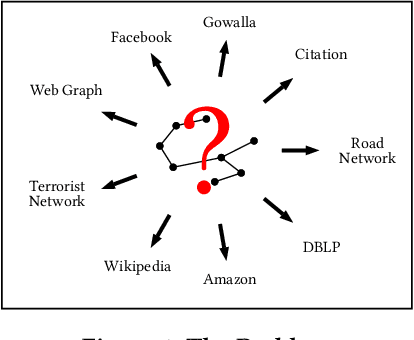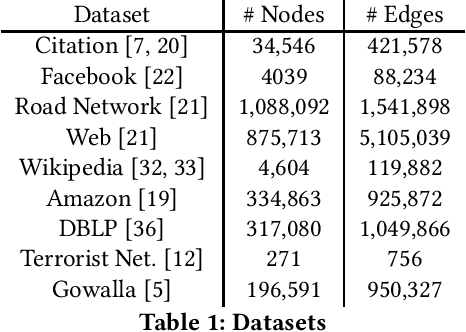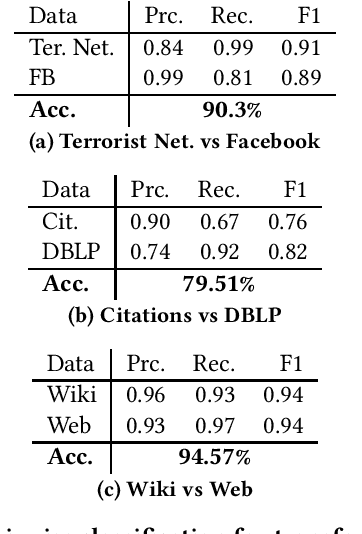Bishal Thapa
GymFG: A Framework with a Gym Interface for FlightGear
Apr 26, 2020
Abstract:Over the past decades, progress in deployable autonomous flight systems has slowly stagnated. This is reflected in today's production air-crafts, where pilots only enable simple physics-based systems such as autopilot for takeoff, landing, navigation, and terrain/traffic avoidance. Evidently, autonomy has not gained the trust of the community where higher problem complexity and cognitive workload are required. To address trust, we must revisit the process for developing autonomous capabilities: modeling and simulation. Given the prohibitive costs for live tests, we need to prototype and evaluate autonomous aerial agents in a high fidelity flight simulator with autonomous learning capabilities applicable to flight systems: such a open-source development platform is not available. As a result, we have developed GymFG: GymFG couples and extends a high fidelity, open-source flight simulator and a robust agent learning framework to facilitate learning of more complex tasks. Furthermore, we have demonstrated the use of GymFG to train an autonomous aerial agent using Imitation Learning. With GymFG, we can now deploy innovative ideas to address complex problems and build the trust necessary to move prototypes to the real-world.
Network Signatures from Image Representation of Adjacency Matrices: Deep/Transfer Learning for Subgraph Classification
Apr 17, 2018



Abstract:We propose a novel subgraph image representation for classification of network fragments with the targets being their parent networks. The graph image representation is based on 2D image embeddings of adjacency matrices. We use this image representation in two modes. First, as the input to a machine learning algorithm. Second, as the input to a pure transfer learner. Our conclusions from several datasets are that (a) deep learning using our structured image features performs the best compared to benchmark graph kernel and classical features based methods; and, (b) pure transfer learning works effectively with minimum interference from the user and is robust against small data.
 Add to Chrome
Add to Chrome Add to Firefox
Add to Firefox Add to Edge
Add to Edge